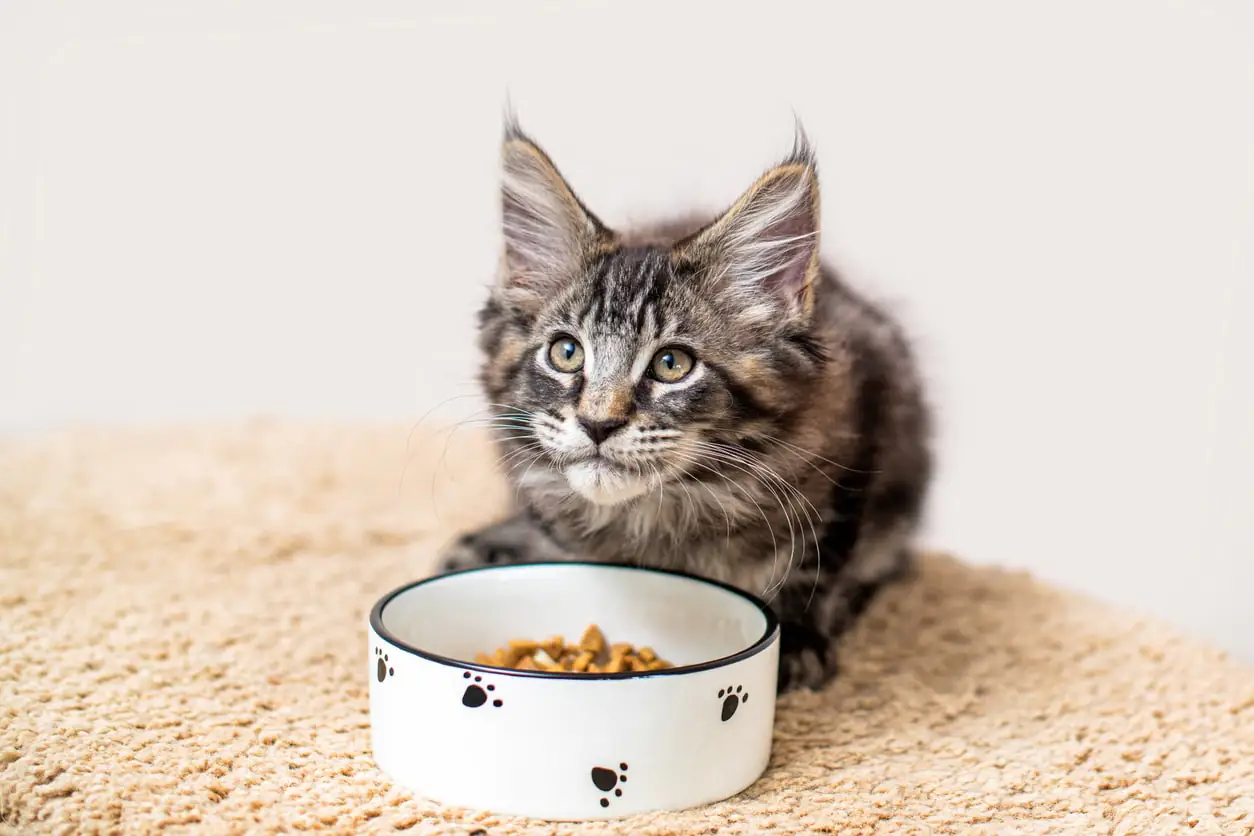A big, curvy cat may seem cute at first, but being overweight in our feline friends is definitely bad for their health. Proof of this is that it clearly increases the risk of developing or worsening diseases such as diabetes, joint disorders or even heart problems. Obesity has also become the leading cause of death among domestic cats. In fact, it is essential to ensure that your furball benefits from a healthy and balanced lifestyle routine. Here’s how to do it!
1. Exercise at all costs
Physical exercise is absolutely essential in a cat’s life. This is what allows him not only to keep in good physical shape but also in good mental shape. Indeed, the physical health of our feline friends is directly linked to their mental health, and vice versa. One does not go without the other.
Now, when they were still in the wild state, cats used to move often and a lot. Indeed, hunting prey was not only a way for them to feed themselves but also a way to “entertain” themselves. Hence the absolute necessity of reproducing this activity in your cat’s life, playing with him every day and adapting the way you feed it.
2. Split meals
Speaking of food, it is strongly recommended that, instead of giving your cat his entire meal of the day at once in his bowl, he split his meals. So, prefer to give him two to three meals a day (the total of these meals should obviously not exceed the number of calories he needs for a day), or even more. If you are not at home during the day, do not hesitate to invest in an automatic feeder
Likewise, you can scatter several bowls all over the house so that he can look for his own food. Enough to give him the impression of becoming a hunter again while getting a little exercise.
3. A mixture of dry and wet food
It is recommended to give your cat dry food, that is to say kibble, but also wet food, including pâtés. Indeed, kibble has the advantage of forcing the animal to chew and therefore, among other things, limiting the risk of dental diseases.

But the boxes have a high water contentwhich is particularly beneficial for our feline friends. Indeed, the latter had the habit of hydrating themselves via the water contained in their prey, which explains why they do not drink water regularly. Giving them wet food therefore allows them to stick a little more closely to their natural diet.
4. No table scraps
This is the number one rule for helping a cat lose weight: ban table scraps. And this for several reasons. First, it can be very dangerous for your furball. Indeed, many foods enjoyed by humans are toxic for our feline friends (like garlic or onions for example, not counting chocolate).
Then, even if a deviation from time to time seems harmless to your cat, repeatedly, it can actually harm one’s health in the long term. Not to mention the fact that table scraps are most likely one of the causes of his excess weight!
5. Quality food
Even though we know that quality cat food is particularly expensive, it is still worth spending part of your budget on it. Indeed, just as is the case for us humans, it is the quality of the diet that determines the good health of an individual.
To know which foods to choose to provide your cat with a healthy and balanced diet, do not hesitate to ask your veterinarian for advice or learn to read cat food labels.


